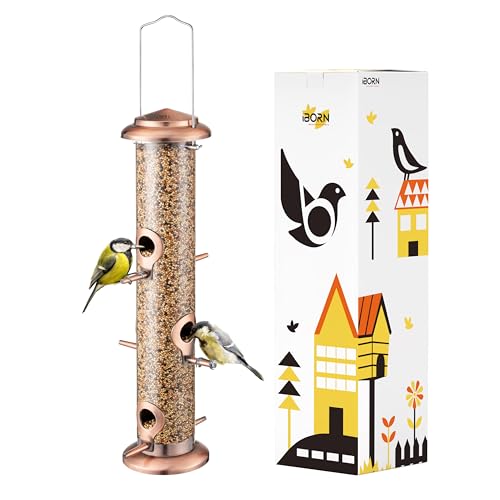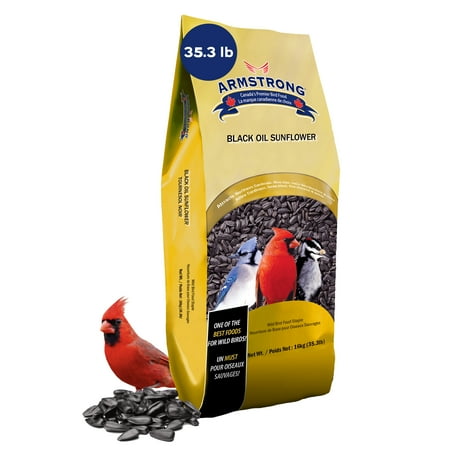Feeding birds in winter – how to help wildlife in your yard during the cold months of the year
Feeding birds in winter is essential for keeping feathered friends in good health

Thomas Rutter
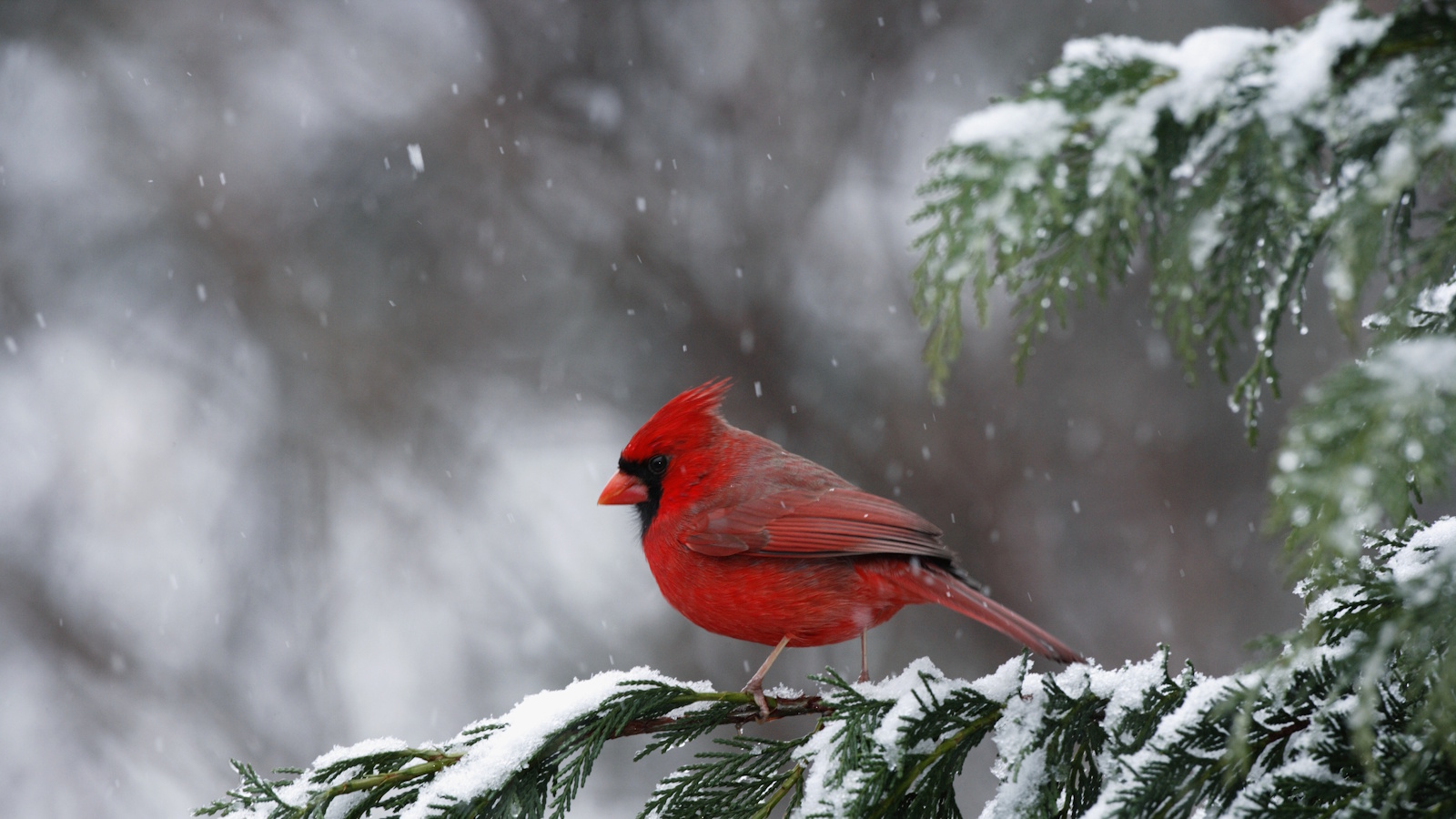
During winter, when plants and shrubs are bare, natural food sources for wildlife are scarce. For this reason, feeding birds in winter is important, helping them to survive the challenging colder months of the year.
During periods of frost, snow and cold weather, birds will rely on your feeders as an essential source of food. Providing one or two sources of nuts and seeds will help to sustain cardinals, robins and finches who can struggle to find food when the seasons change.
Below, we offer tips and tricks for feeding birds in winter as well as what to feed them and what to avoid. So, if you are looking for wildlife advice to add to your winter garden ideas, we have all the information you need to know.

Feeding birds in winter
When planning a winter garden, considering wildlife is important. Feeding birds in winter is fairly easy to do but makes a huge difference to the well-being of wild birds. Food is scarce in winter and the food that you put out in your garden could be the difference between surviving winter and starvation.
What to feed birds in winter
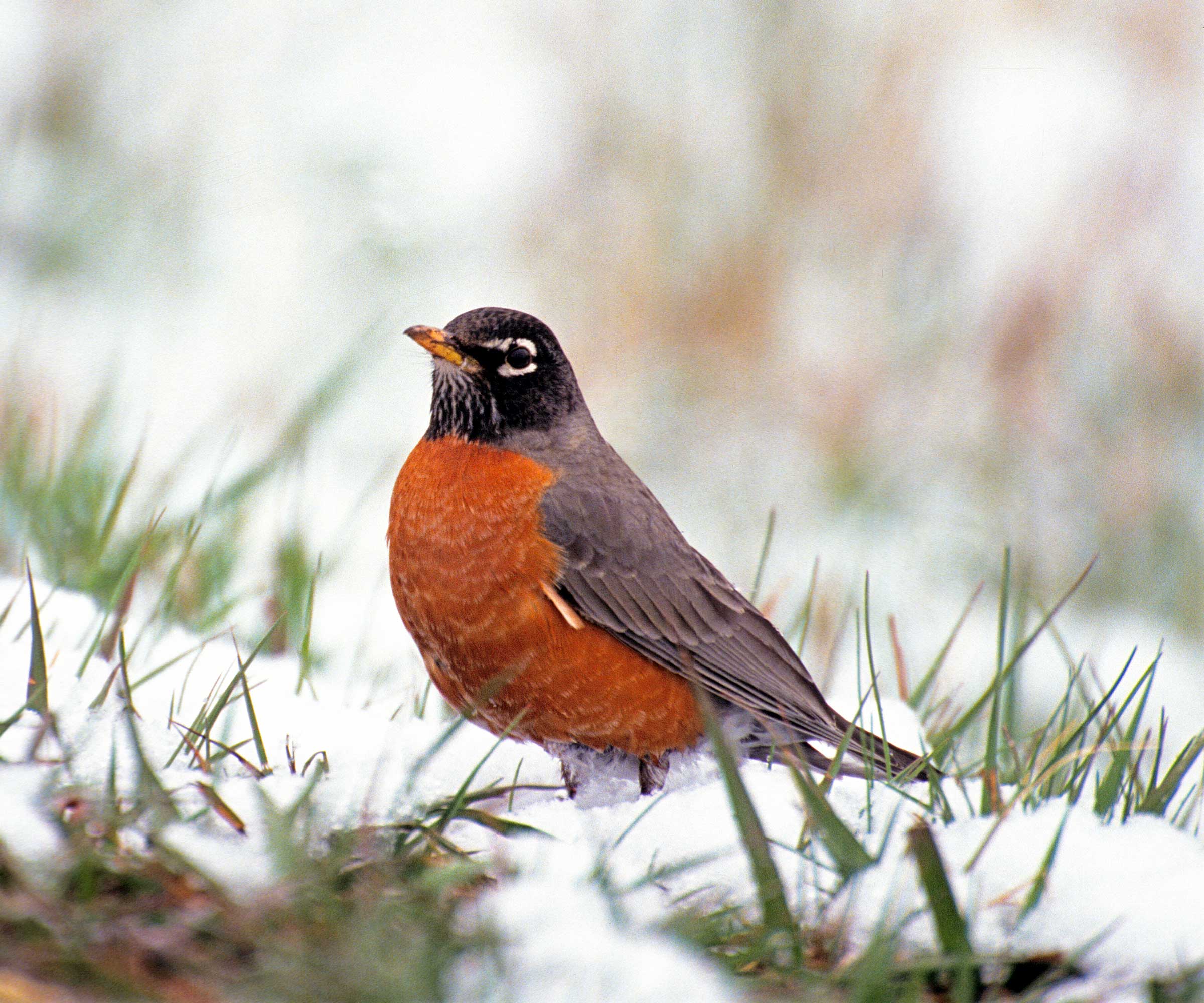
When feeding birds in winter there are lots of options for good foodstuffs. You want to provide food that is as calorific as possible, such as seeds, nuts and fat.
‘Place bird feeders in areas where predators like cats and foxes can't reach. Ideally, you want to place them 10 to 12 feet away from shrubs or brush piles that predators can climb up,’ says Ethan Howell, wildlife expert and co-owner of Florida Environmental.
‘Birds become used to your feeders, especially in bad weather when the food you provide may be life-saving. If you are gone for a long time, ask a neighbor or friend to keep the feeders topped up.'
Design expertise in your inbox – from inspiring decorating ideas and beautiful celebrity homes to practical gardening advice and shopping round-ups.
So, if you have an eco-friendly garden, here are some ideas of what to feed birds in winter:
- High-fat foods: Such as nuts, lard and suet are good choices for winter as birds will benefit from the additional energy they provide.
- Black sunflower seeds: These are one of the most popular seeds among a wide range of birds. If you are only putting one type of food on your feeder, this is the one to go for. It is loved by lots of birds including Northern Cardinals, Tufted titmice, House finches, nuthatches, and jays.
- Black oil sunflower seeds: The difference between sunflower seeds and black oil sunflower seeds is that black oil sunflower seeds are larger and have more calories per seed, making them a highly nutritious meal for your feathered friends. Black oil sunflower seeds are available from Amazon.
- Cheese: This is a great choice for the same reason as above and is popular with a wide range of birds. Opt for a grated mild cheddar.
- Mixed seeds: Seeds are a great coverall option and an easy way to start feeding birds in winter. However, 'avoid mixed bird seed containing mostly oats and milo - birds don’t eat these grains,' advises Kathee Muzin, founder of The Joy Of Birdwatching.
- Fruit: Apples and pears are a great addition to the bird feeder. Even badly bruised fruit will go down well. Chop into small chunks so it's easier for smaller birds to enjoy.
- Peanut butter: This is a high-calorie food that is loved by lots of different birds. However, it must be unsalted as the salt can harm the birds. There are specific peanut butter feeders available, or you can spread it into the crevices of a large pinecone and then hang it from a tree. There are lots of bird-friendly types of peanut butter available on the market too, like this peanut butter for wild birds from Amazon.
- Mealworms: While they are not the most attractive type of bird feeder, they are undoubtedly a favorite for backyard birds, especially chickadees, nuthatches, woodpeckers, cardinals and the American robin. Live mealworms are preferred and have a higher nutritional content, however, dried mealworms are easier to store and won't crawl off the bird feeder.
- Niger seeds: These are goldfinches' favorite treat. Hang a specific niger seed feeder in addition to your main bird feeders and welcome these colorful birds into your garden.

Ethan is the Co-Owner at Florida Environmental Pest Management Inc, based in Loxahatchee, Florida.

Kathee is a wildlife expert and founder of The Joy Of Birdwatching. Kethee has been a professional writer for more than 30 years and is passionate about providing accurate, scientifically valid wildlife information. Kathee lives close to the Pacific Ocean on Vancouver Island, found in British Columbia, Canada.
What not to feed birds in winter
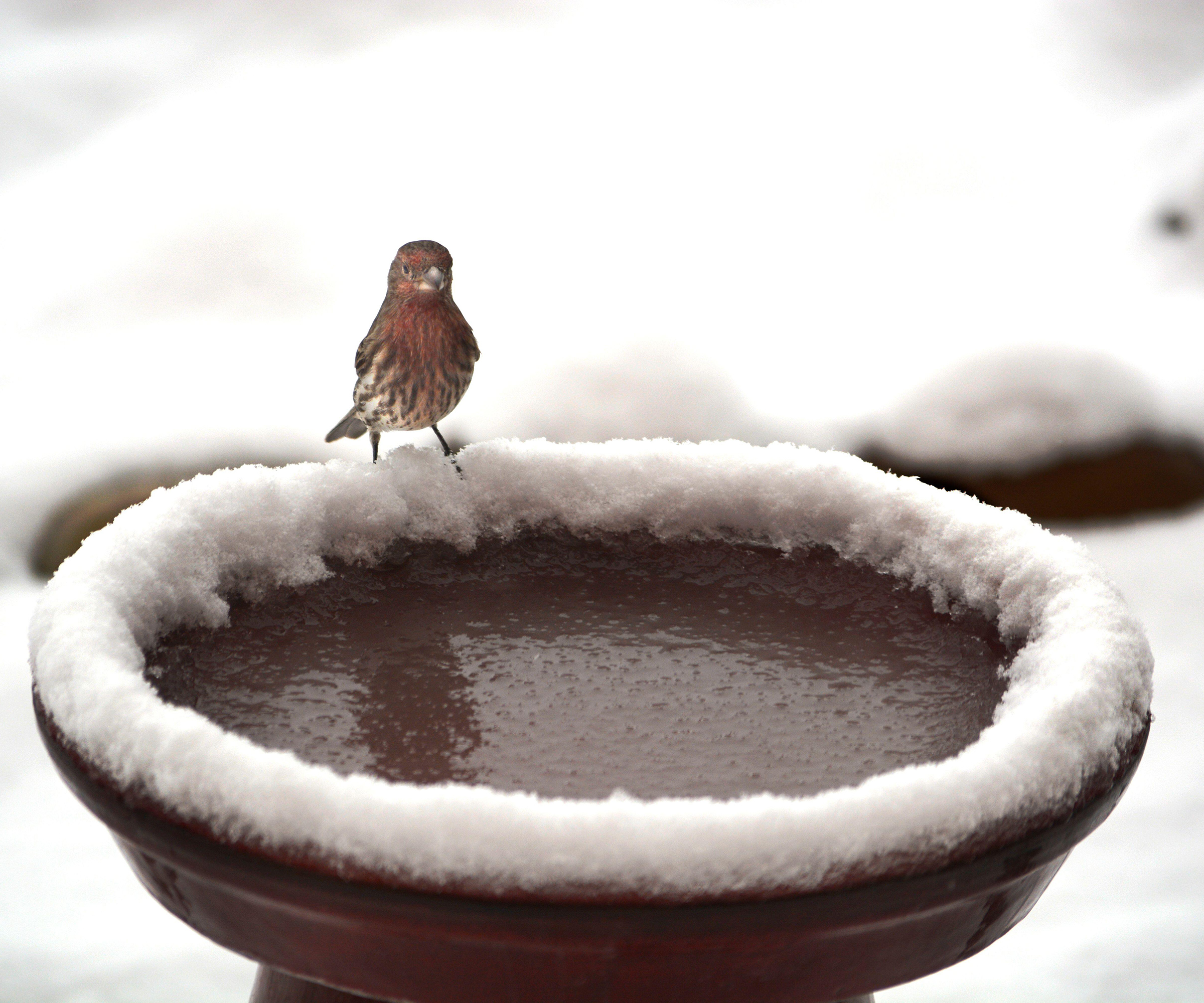
There are several things you should never put in your bird feeder, whether you are feeding birds in winter or at any other time of year. Here are some foodstuffs to avoid:
- Chocolate: Chocolate is toxic to birds and should never be offered to wildlife.
- Table scraps: These are unappealing to birds and are more likely to encourage rats to your bird feeder. They may also have been cooked with oil, garlic or spices that are harmful to birds.
- Rotten food: This can lead to harmful bacteria and mold which can cause illnesses in birds.
- Spoiled seed: Be sure to only put dry and fresh seed to avoid having an infected bird feeder. If food is spoiled, clumped, sprouting or wet to the touch it should be discarded.
- Salt: If eaten in high quantities salt is toxic and will affect the bird's nervous system. Therefore, avoid heavily salted foods like meats or salted nuts. Also don't add salt to bird baths as a method to stop them freezing, placing a ping-pong ball on the surface is a much safer option.
- Meat: This will attract unwanted guests such as rats, cats, and foxes to your bird feeder. Raw meat also spoils very quickly and grows bacteria that can ultimately kill birds.
- Bread: This has very little nutritional value for birds and will fill up their stomachs. This will mean that they won't eat enough seeds, grains and fats to keep them healthy throughout the winter months.
- Milk: Avoid mild because this will cause sickness and diarrhea which will cause dehydration. This is especially dangerous for birds in winter when water is scarce.

This smart bird feeder is easy to install and set up and will capture incredible images of birds.
Plants that can help birds in winter
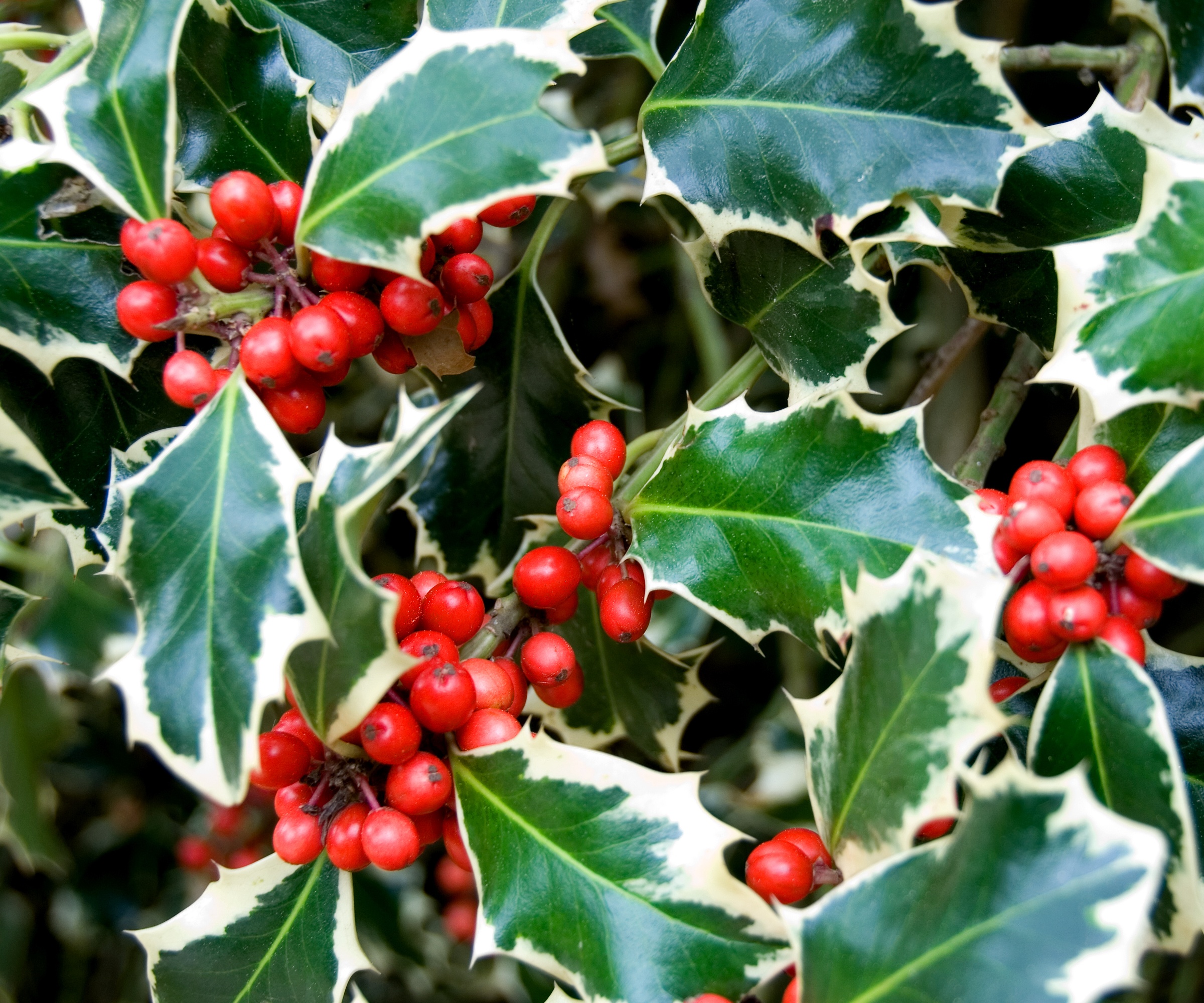
You can also add plants for birds to your garden to help with feeding birds in winter. Pick plants that have seeds and berries throughout the winter period and that are native to your area so are well-suited to your US hardiness zone.
There are so many shrubs with fall berries or shrubs with winter berries, all of which can help to sustain garden birds. Winter plants will not only be good food for your feathered friends but will also add some color and life to your garden throughout the winter months.
For native options, try beautyberry, chokeberry or hackberry. Alternatively, why not learn how to grow viburnum, rowan trees or holly trees, all of which have berries in the cold months of the year.
FAQs
How can I make my own bird feed in winter?
Making your own bird feeders is a great way of feeding birds in winter. One simple idea is to drill a hole in the shell of a coconut. You can then tie a piece of string to hang this in your yard. Next, melt one cup of lard or suet in a saucepan and then mix with two cups of birdseed. Pack this into the coconut shell and leave to set for an hour or two. Once set, hang in your garden and wait for the birds.
Water is also important in the winter garden. Like any other living thing, birds need a clean source of water, so it is a good idea to have a bird bath in the yard. Just keep an eye on the water when the temperature drops, as it can easily freeze. For more information, see our guide on how to stop a bird bath from freezing in winter.

Having graduated with a first class degree in English Literature, Holly started her career as a features writer and sub-editor at Period Living magazine, Homes & Gardens' sister title. Working on Period Living brought with it insight into the complexities of owning and caring for period homes, from interior decorating through to choosing the right windows and the challenges of extending. This has led to a passion for traditional interiors, particularly the country-look. Writing for the Homes & Gardens website as a content editor, alongside regular features for Period Living and Country Homes & Interiors magazines, has enabled her to broaden her writing to incorporate her interests in gardening, wildlife and nature.
- Thomas RutterContent Editor
